The hammertoe market exhibits a competitive landscape characterized by a blend of innovation, strategic partnerships, and regional expansion. Key players such as Stryker Corporation (US), Zimmer Biomet Holdings, Inc. (US), and DePuy Synthes (US) are actively shaping the market dynamics. Stryker Corporation (US) focuses on technological advancements in surgical instruments, while Zimmer Biomet Holdings, Inc. (US) emphasizes product diversification and enhancing patient outcomes. DePuy Synthes (US) is leveraging its extensive portfolio to strengthen its market position through strategic collaborations. Collectively, these strategies foster a competitive environment that prioritizes innovation and patient-centric solutions.
In terms of business tactics, companies are increasingly localizing manufacturing to enhance supply chain efficiency and reduce operational costs. The market structure appears moderately fragmented, with several players vying for market share. However, the influence of major companies is substantial, as they set benchmarks for quality and innovation, thereby shaping the competitive landscape.
In October 2025, Stryker Corporation (US) announced the launch of a new minimally invasive surgical system designed specifically for hammertoe correction. This strategic move is likely to enhance their product offerings and cater to the growing demand for less invasive surgical options, potentially increasing their market share. The introduction of this technology aligns with the broader trend towards patient-centered care, which is becoming increasingly important in the healthcare sector.
In September 2025, Zimmer Biomet Holdings, Inc. (US) entered into a partnership with a leading digital health company to integrate AI-driven analytics into their surgical planning tools. This collaboration is expected to streamline surgical procedures and improve patient outcomes, reflecting a significant shift towards digital transformation in the industry. By harnessing AI, Zimmer Biomet Holdings, Inc. (US) positions itself at the forefront of technological innovation, which may enhance its competitive edge.
In August 2025, DePuy Synthes (US) expanded its product line by acquiring a smaller firm specializing in advanced orthopedic implants. This acquisition is indicative of a strategic focus on broadening their portfolio and enhancing their capabilities in the hammertoe market. Such moves not only strengthen their market position but also reflect a trend towards consolidation in the industry, as companies seek to leverage synergies and enhance their competitive offerings.
As of November 2025, the hammertoe market is increasingly defined by trends such as digitalization, sustainability, and the integration of AI technologies. Strategic alliances are becoming pivotal in shaping the competitive landscape, as companies collaborate to enhance their technological capabilities and market reach. Looking ahead, competitive differentiation is likely to evolve from traditional price-based competition to a focus on innovation, technology integration, and supply chain reliability. This shift underscores the importance of adaptability and forward-thinking strategies in maintaining a competitive advantage.


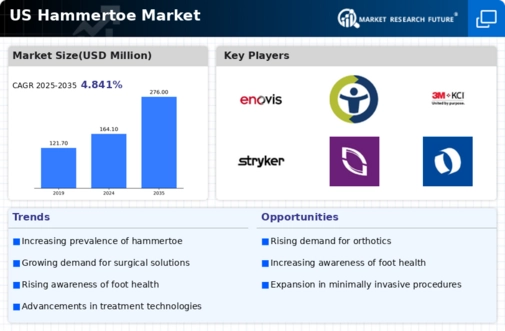
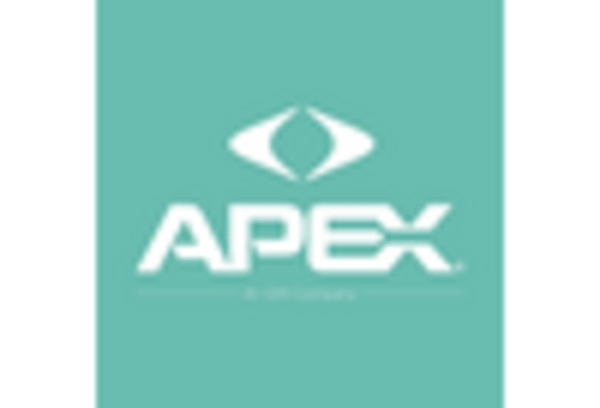
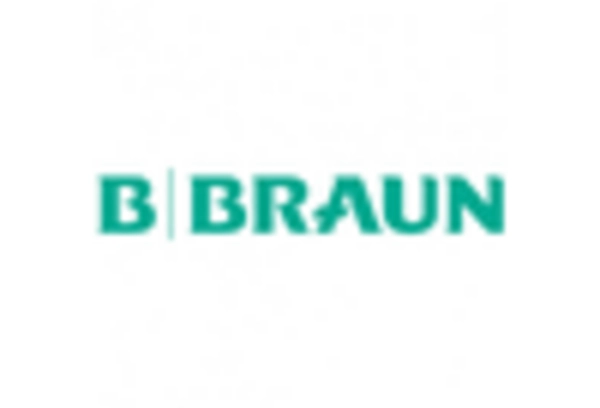
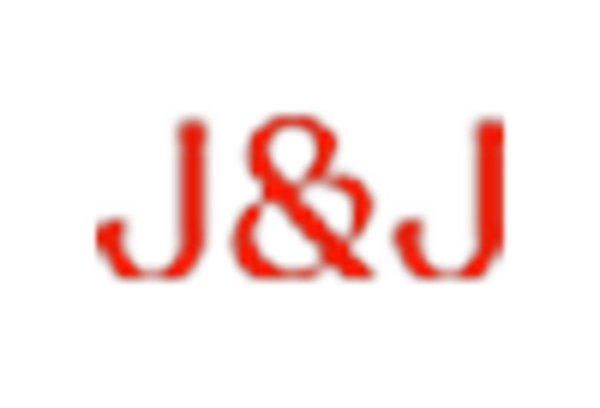
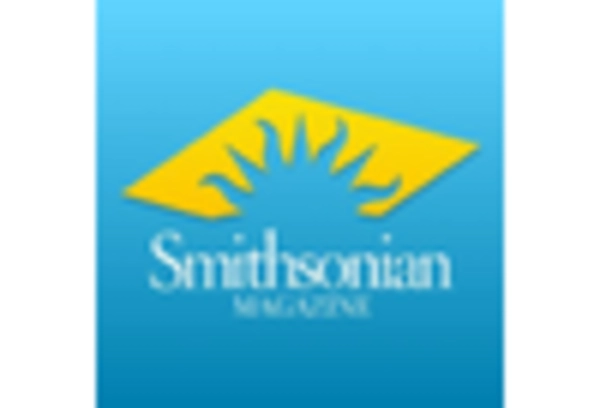
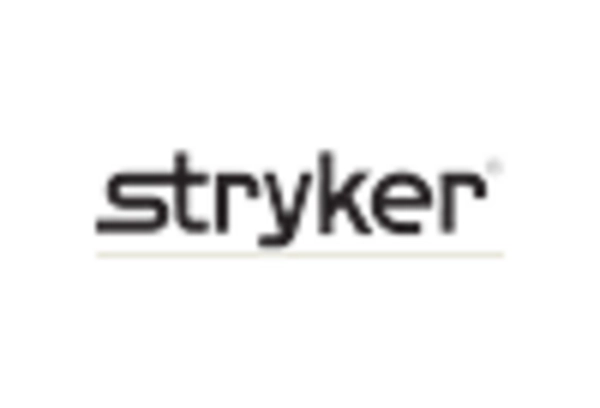
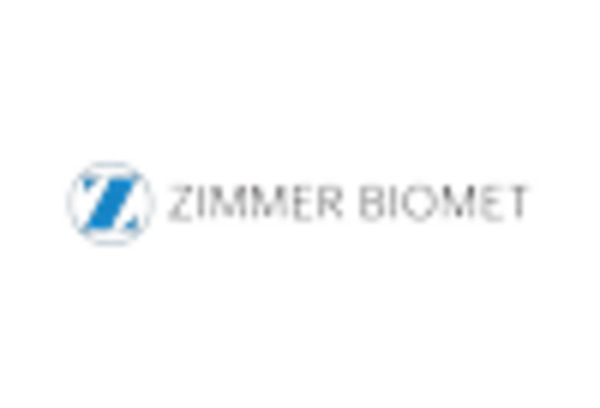








Leave a Comment